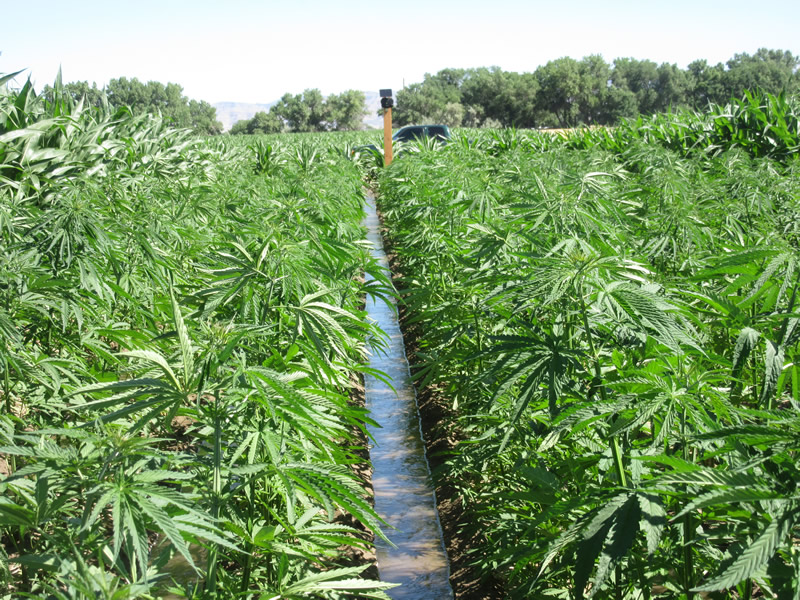
The U.S. Department of Agriculture hosted a press conference to announce the rollout of the U.S. Domestic Hemp Production Program. As long as farmers aren’t working in states that prohibit hemp farming by law, officials will work with farmers to help them establish an approved plan to produce industrial hemp on their operations.
Here’s the complete press conference audio from this week:
The U.S. Department of Agriculture officially announced the establishment of the Domestic Hemp Production Program. The program is designed to create a consistent regulatory framework involving hemp farming across the country. USDA Undersecretary for Marketing and Regulatory Programs Greg Ibach says the agency will work with states and tribes to help producers establish federally approved hemp production plans, as long as hemp production isn’t outlawed by their states.
The interim rule also calls for a public comment period so USDA can take input on the final rule before it’s enacted. Ibach says the 2020 growing season will be a “test drive” so USDA can make any needed corrections before publishing the final rule. He talks about some of the key provisions in the interim final rule.
There will be a 30-day waiting period for USDA to license farmers who want to grow hemp in states or tribes that don’t submit plans for federal approval. Ibach says they’ve gotten a lot of questions during the development process surrounding hemp testing for THC.
USDA Undersecretary for Farm Production and Conservation Bill Northey says once state and tribal plans are in place, hemp growers will be eligible for various government programs in 2020…tape
If you have any more question, contact your local Farm Service Agency office. They can point you in the right direction. You can also find more information online at farmers.gov/hemp.











